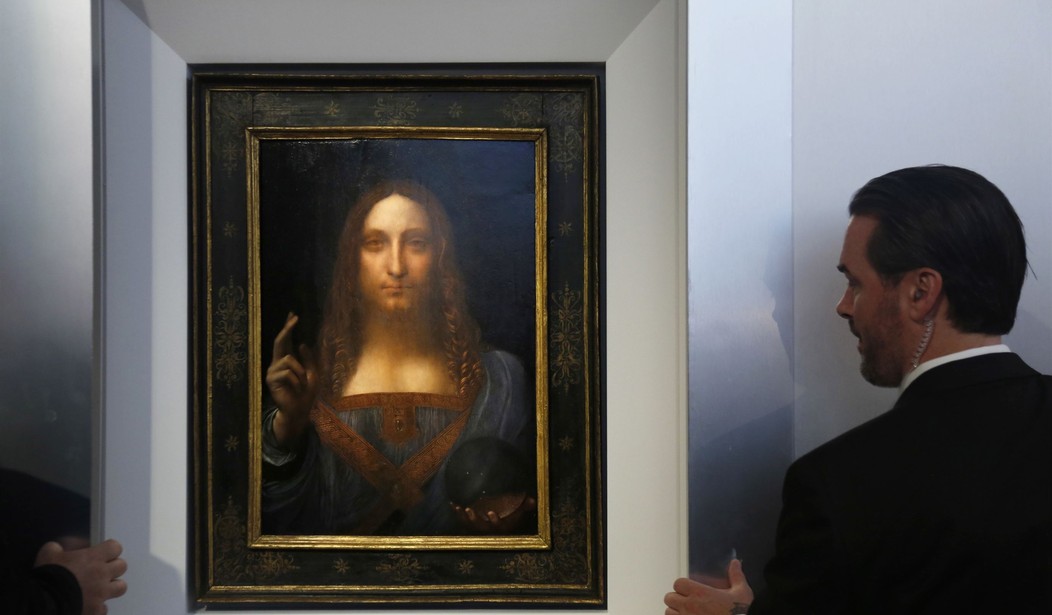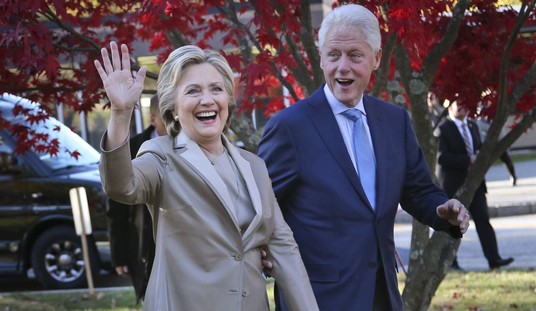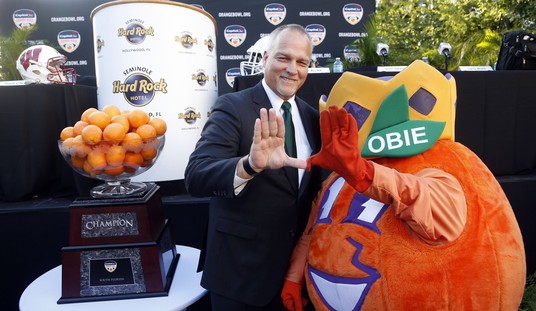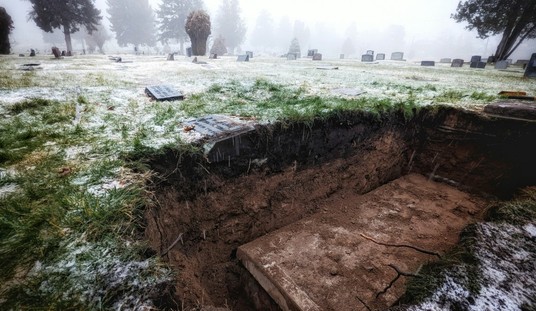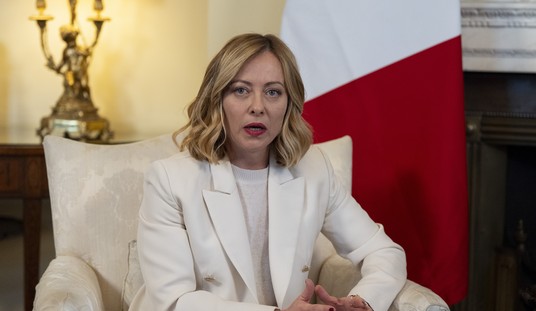A fascinating international “art world” story is breaking over the past 72 hours in advance of the premiere of a new French documentary film, “The Savior for Sale,” by French filmmaker Antoine Vitkine, set to premiere on French TV this week. The movie focuses on the reputed original work Salvator Mundi by Leonardo Da Vinci, described by Christie’s Auction House as the greatest art find of the past 100 years.
The Salvator Mundi was purchased in “poor condition” at a public auction by a group of New York art dealers in 2005 for approximately $10,000. The painting had been heavily painted over and underwent several years of restoration in the United States. The restoration process revealed some indications that it was not a copy of an earlier Da Vinci painting as suspected, but it had indicators that it was an original work. Experts of the British National Gallery eventually authenticated the Salvator Mundi as an original Da Vinci. The painting sold in a private sale to a Swiss Art Dealer in 2013 for $75 million, and later in a public auction to a Russian oligarch for $127.5 million.
The painting was exhibited in Hong Kong, London, San Francisco, and New York in 2017. It was put up for auction once again at Christie’s in New York, and on November 15, 2017, the Salvator Mundi sold for a gaveled price of $400 million. The final transaction price was $450 million when fees and commissions were added.
But the documentary claims that the Salvator Mundi — dubbed by some as Da Vinci’s “Male Mona Lisa” — is actually not a work of Da Vinci, but instead one or more of his assistants that worked in his workshop. The consensus seems to be that Da Vinci may have added some brush strokes to the piece after it was largely completed, but that it is a piece not originally done by his hand.
This conclusion came as an unpleasant surprise to Saudi Crown Prince Mohammed bin Salman, who paid the $450 million for what was reputed to be a Leonardo original — the highest price ever paid for a painting.
But that is just the beginning of this story.
The painting was scheduled for its first public display by the new owner in the Louvre Abu Dhabi. But in September 2018, the exhibition was indefinitely postponed, and in January 2019 there were reports that the location of the Salvator Mundi was unknown.
According to the upcoming documentary, in advance of that exhibition, officials of the Louvre in France decided that if they were going to display the Salvator Mundi as a Leonardo original, the reputation of the Louvre would be on the line, so they needed to determine to their own satisfaction that the Salvator Mundi was an actual work of Leonardo.
I do not pretend to be even an amateur expert on the works of the “Old Masters”, but it seems that Da Vinci was quite famous for never quite finishing projects he began, leaving the completion of many works to his assistants. Those same assistants created works of their own, for which Da Vinci would provide input or assistance near the end. There are a handful of works — fewer than 20 — that are known to have been original projects started by Da Vinci and with most of the work done by him.
The French experts at the Louvre, after three months of scientific examination, determined that the Salvator Mundi was not an original work of Leonardo but was more likely an original work of one of his workshop assistants in Leonardo’s style as taught to the assistant, and at best, Leonardo had done some minor work to the painting as it was being finished.
If made public, the conclusion of the Louvre Paris experts would have been a huge embarrassment and humiliation to the Saudi Crown Prince. According to French government officials who are identified only by code names in the documentary, there were huge geopolitical implications involved, with billions of Euros at stake. At the time, the French and Saudis were negotiating the “Al-Ula Agreement” — a ten-year project that would give France an exclusive role in developing the Al-Ula province as a major cultural center in Saudi Arabia, a heritage site, and a tourist destination.
In exchange for keeping the Agreement on track, Crown Prince MBS made a single request pertaining to the first public display of the Salvator Mundi at the upcoming Da Vinci Exhibition in the Louvre Paris beginning in October 2019. He wanted it to be displayed side-by-side with the Mona Lisa, with no explanation, and to present it 100% as a Leonardo original work.
The French Foreign Affairs Minister and the French Cultural Minister lobbied on behalf of the Saudi request. But the final decision was up to French President Macron, and he ultimately decided that the French could not honor the Saudi request.
The Salvator Mundi never appeared in the Exhibition, but in December 2019 the Louvre Paris produced a book dedicated to the Salvator Mundi which explained various efforts to authenticate the painting, including the work done by the French experts. Rather than declare it to not be a Leonardo original, the book confirmed that Da Vinci contributed to the piece, “confirming the attribution of the painting to Leonardo.” But the book was never put into circulation and has been suppressed by the Louvre after the exhibition ended.
The Louvre declined to make any comment for the documentary.
If anyone knows Saudi Crown Prince MBS, please let him know that I have in my garage what I think is a Jackson Pollack original — if he’s still in the market for paintings.

